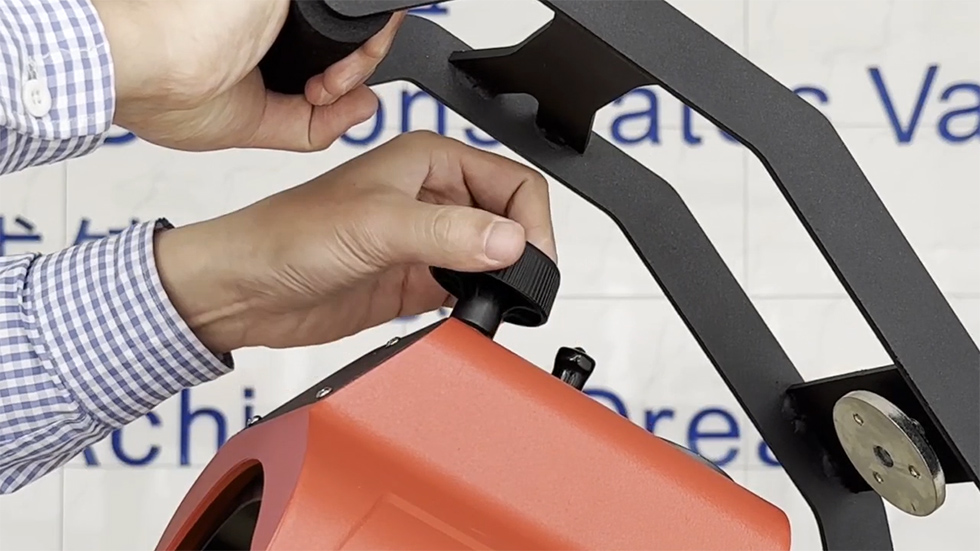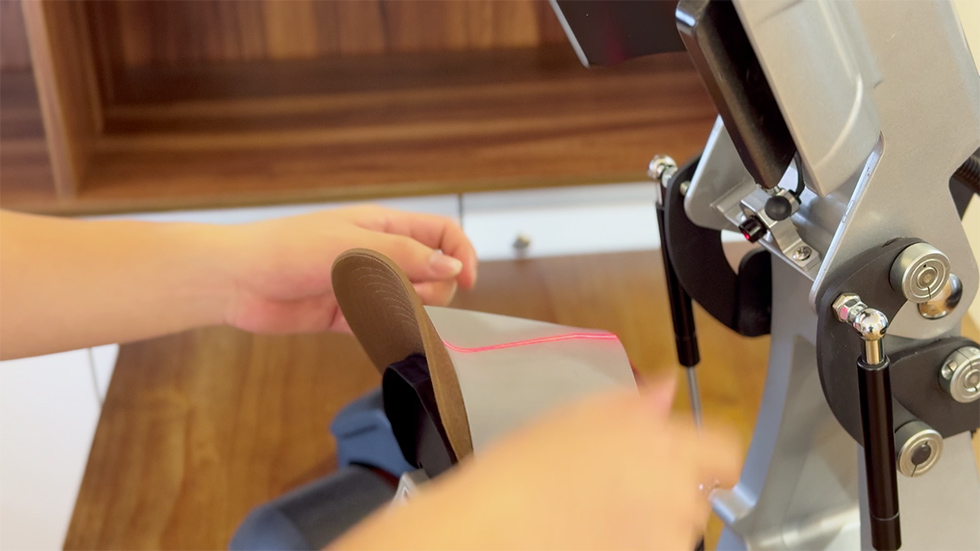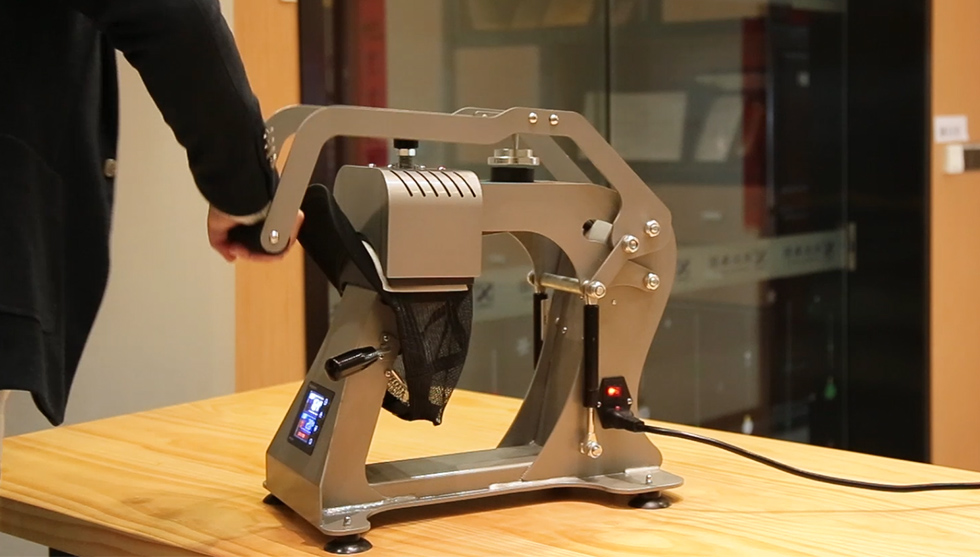This article analyzes in detail the temperature and pressure setting secrets of hat heat press in curved surface transfer, covering the optimal parameters for different materials and processes, key points for pressure adjustment, and practical operation suggestions. By comparing the general industry guidelines and the features of flagship models, it helps you accurately master the curved surface fitting skills and improve printing quality and production efficiency.
Different materials have significant differences in the requirements for heat pressing temperature, which needs to be strictly set in combination with the process.
Cotton and blended hats: Suitable for HTV (heat transfer film) or DTF (direct transfer), the recommended temperature setting is 320–350°F (160–180°C) to ensure that the film layer is effectively melted and firmly adheres to the hat fiber.
Synthetic fiber and polyester hats: The first choice for sublimation, with an optimal temperature of 330–350°F (165–180°C), which can use full heat energy to penetrate polyester fibers to achieve highly saturated colors.
Hard patches and silicone patches: Because the material is sensitive to high temperatures, it is recommended to use 300–320°F (150–160°C) and extend the heat pressing time to 25–30 seconds to prevent the patch from deforming or fading.
Leather or PU leather brim: requires a lower temperature of 290–310°F (145–155°C), combined with medium-intensity pressure and 20–25 seconds of process to prevent the leather surface from wrinkling or hardening.
The uniform distribution of pressure is the core of the hat surface fitting, and the following elements need to be mastered.

Observation "paper test": sandwich a piece of printing paper between the heating plate and the hat surface. Adjust the pressure knob to ensure that the paper can be pulled freely without slipping, which means that the pressure is moderate and uniform.
Pressure level reference: It can be set to medium pressure for HTV and DTF; sublimation transfer and thick silicone patches is recommended to use medium-high pressure to ensure full heat pressing.
Avoid excessive pressure: Excessive pressure will cause deformation of the brim and obvious indentations around the film. If indentations occur, loosen the pressure knob appropriately. Periodic re-inspection and fine-tuning: For every 100 hats produced continuously, the "paper test" should be repeated, and the pressure should be fine-tuned according to the test results to maintain long-term stability.
Laser alignment or customized plate can ensure that the center of the pattern is accurately aligned with the arc of the hat surface, reducing manual deviation errors.

Preheating the hat surface: First preheat with light pressure for 3-5 seconds to remove surface moisture and wrinkles and improve the final fitting quality.
Silicone auxiliary pad: Place a silicone pad or sponge pad on the hat to fit the shape of the hat surface to ensure uniform heat conduction and pressure support.
![]()
For high-precision gradient or large-area sublimation patterns, the first stage of heat pressing can be performed on 2/3 of the area in the area with a smaller curvature, and then the position of the cap body can be adjusted to complete the remaining area to ensure overall uniformity.

Material/process | Temperature (℃/℉) | Time (seconds) | Pressure |
HTV / DTF | 160–180℃/320–350℉ | 10–15 | Medium |
Sublimation transfer | 165–180℃/330–350℉ | 40 | Medium to high |
Silicone patch/embroidery patch | 150–160℃/300–320℉ | 25–30 | Medium to high |
| Leather/PU leather | 145–155℃/290–310℉ | 20–25 | Medium |
Q1: Why is the cap curved surface always not firmly attached when heat pressed?
A1: It is mostly caused by insufficient pressure or the cap surface is not preheated. The pressure can be adjusted through the "paper test", and it can be preheated for 3-5 seconds before formal heat pressing.
Q2: How to avoid wrinkles in the pattern after heat pressing?
A2: Make sure the cap surface is flat and use silicone auxiliary pads. At the same time, gently press to eliminate wrinkles during the preheating stage of the cap surface.
Q3: Will excessive heat pressing damage the cap surface?
A3: Excessive temperature or pressure can cause fiber deformation or patch blistering. It is recommended to strictly follow the recommended parameters and do pre-testing.
Clean the heating plate: After the equipment cools down, wipe it regularly with a high-temperature detergent and a soft cloth to avoid residual glue accumulation that affects heat transfer.
Check the pressure knob: Confirm that the knob and spring assembly are not loose every week, and apply a small amount of high-temperature resistant lubricant to keep it flexible.
Calibrate the temperature control system: Use a digital thermometer to verify the deviation between the actual temperature and the set temperature every quarter, and fine-tune the controller.
Replacement of auxiliary pads: Silicone pads and sponge pads need to be replaced after half a year of use to ensure support effect and uniform heat conduction.
Mastering the correct temperature setting, pressure adjustment and curved surface fitting techniques, combined with preheating, auxiliary pads and segmented hot pressing strategies, can significantly improve the stability of the hat heat press in curved surface fitting and the quality of the finished product. Strictly follow the above guidelines and cooperate with regular maintenance, you will easily achieve efficient and accurate curved surface transfer.